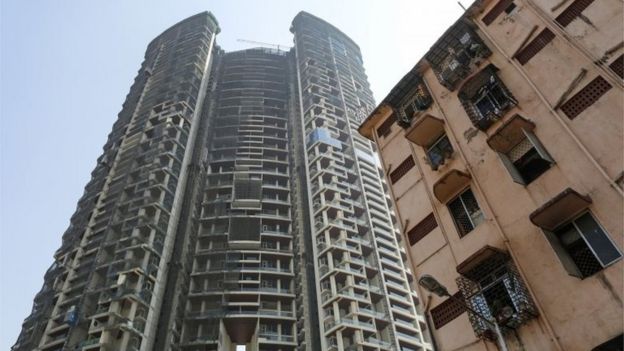Black money saved India
There is no question that India has the most positive economic story on the planet.
Buoyed by increased manufacturing output, India’s economy grew by 7.4% in the third quarter of 2015, the fastest growth of any major country in the world.
But there is a dark side to India’s success, says one of the country’s most eminent economists.
Kaushik Basu, the chief economist of the World Bank and former chief economic adviser to the Indian government, says the nation’s tradition of petty corruption helped India avoid the worst of the banking crisis that has crippled most other large economies in the last few years.
His argument is that the pervasive use of “black money” – illegal cash, hidden from the tax authorities – created a bulwark against a crisis in the banking sector.
India’s economy was looking just as frothy as the rest of the world, growing at an astounding 9% a year for the three years to 2008.
What’s more, India’s growth had been fuelled, at least in part, by a dramatic housing boom.
Between 2002 and 2006 average property prices increased by 16% a year, way ahead of average incomes, and faster even than in the US.
The difference in India is that all this “irrational exuberance” did not end in disaster.
There was no subprime loans crisis to precipitate a wider crisis throughout the banking sector.
So the big question is why not.
There were some shrewd precautionary moves by India’s central bank, but he one important answer is all that dirty money.
In most of the world the price you pay for a property is pretty much the price listed in the window of the local realtor or estate agent. Not in India.
Here a significant part of almost all house purchases are made in cash.
And because the highest denomination note in India is 1,000 rupees, ($15; £10) it isn’t unusual for a buyer to turn up with – literally – a suitcase full of used notes.
Let’s say you like the look of a house that is for sale. You judge it is worth – for argument’s sake – 100 rupees.
The chances are the seller will tell you he will only take, say, 50 rupees as a formal payment and demand the rest in cash.
That cash payment is what Indians refer to as “black money”.

It means the seller can avoid a hefty capital gains tax bill. Buyers benefit too because the lower the declared value of the property, the lower the property tax they will be obliged to pay.
What it also means is that Indians tend to have much smaller mortgages compared to the real value of their properties than elsewhere in the world.
At the peak of the property boom in the US and the UK it was common for lenders to offer mortgages worth 100% of the value of the property.
Some would even offer 110% mortgages, allowing buyers to roll in the cost of finance and furnishing their new home..
In India, by contrast, mortgage loans can only be raised on the formal house price. So when prices fell in India – and they did fall in 2008 and 2009 – most bank loans were still comfortably within the value of the property.
India did experience a slowdown, but it was collateral damage from the global recession rather than the result of any national problem.
To preserve this advantage, it’s been suggested that bribery be legalized.
It means people who give bribes no longer have a shared interest in keeping their nefarious activity secret.
Freed from the risk of prosecution, bribe-givers would have a powerful incentive to reveal corruption.
